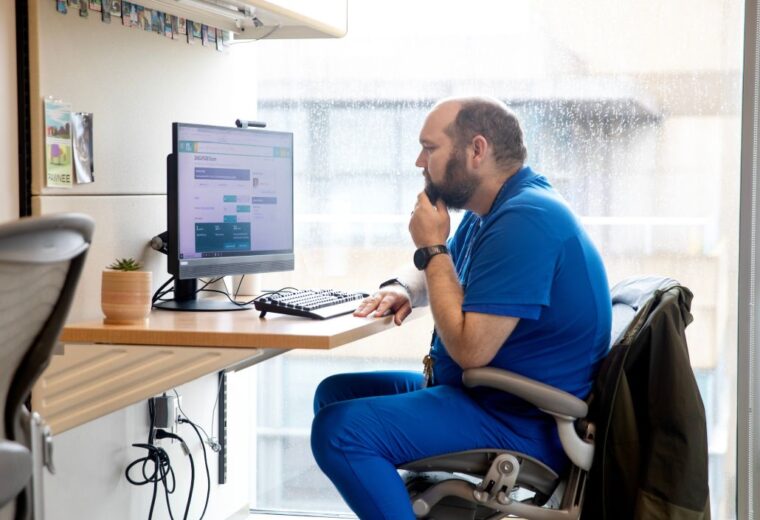Empowering Robots with Human-Like Perception to Navigate Unwieldy Terrain
A new Duke-developed AI system fuses vision, vibrations, touch and its own body states to help robots understand and move through difficult in-the-wild environments.

A new Duke-developed AI system fuses vision, vibrations, touch and its own body states to help robots understand and move through difficult in-the-wild environments.


Chen’s research focuses on developing full-stack robotics that includes the mechanical structures as well as its AI-based software.

Duke BME faculty and students garnered a wide array of impressive awards and recognition over the academic year

Mitzi was recognized for his significant contributions to the science and technology of photovoltaics, or the conversion of light energy into electricity.

Volker Blum helps a team of researchers gain fundamental insights into designing materials that allow exotic quantum states at high temperatures.

The new minor aims to attract students across all disciplines at Duke.

Jason Amsden will collaborate on research activities between the two institutions as a joint appointee.

Funding from the HFSP will support Hickey and his collaborators investigate how different molecules direct cellular behavior

MEMS PhD student Kent Yamamoto was part of a team that won first place at the American College of Surgeons 2025 Surgeons and Engineers Meeting for their life-size inguinal hernia simulator.

Competitive five-year grant will help Wang understand the potential of a 2D class of materials with high-performing characteristics.

A team led by Cynthia Rudin created the tool with artificial intelligence. The simple scorecard, used in hospitals everywhere, saves lives.

The imaging technique makes it easier to conduct behavioral studies of freely moving animals

Jessilyn Dunn gathers biometric data from smartwatches to study and predict health changes
Notifications